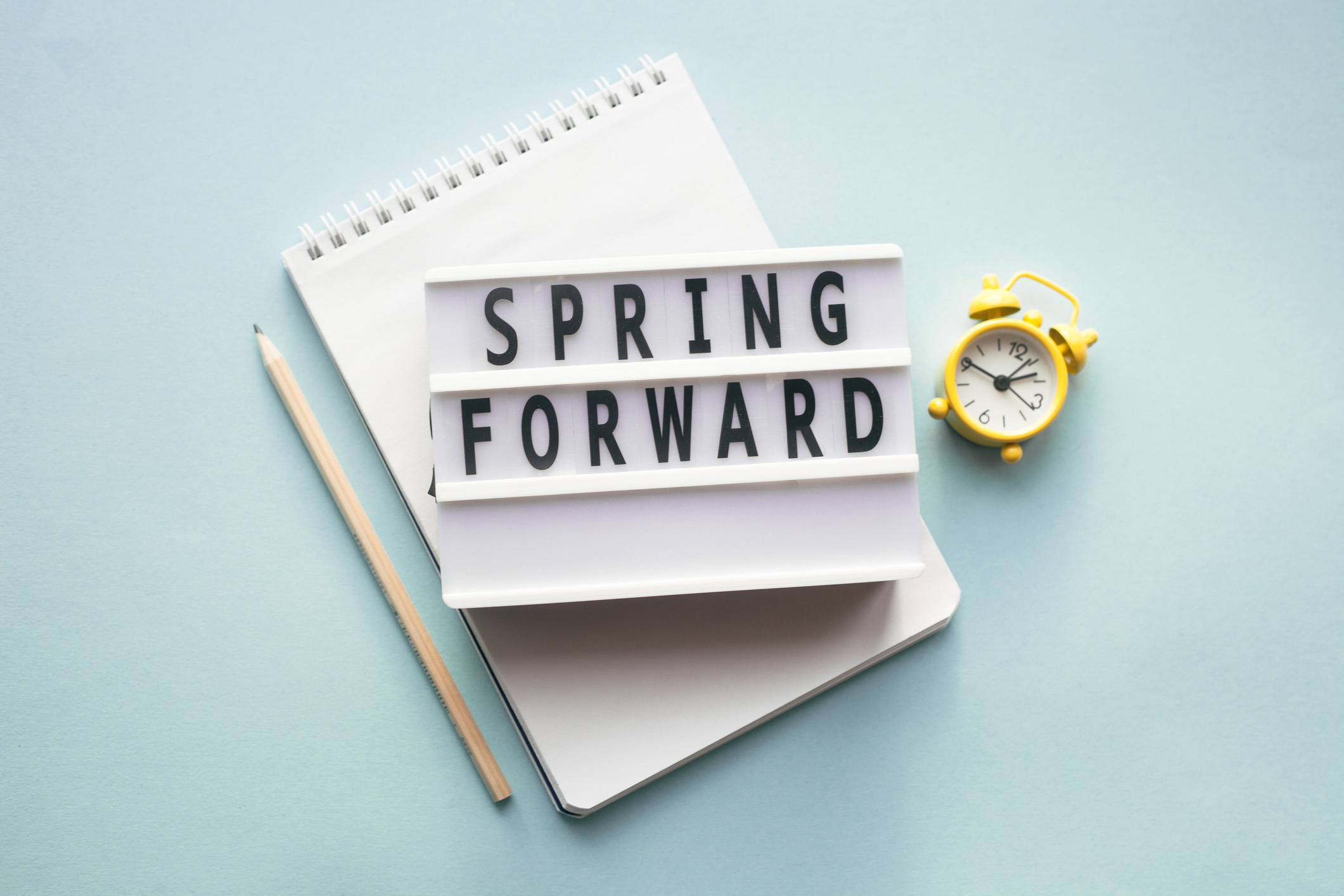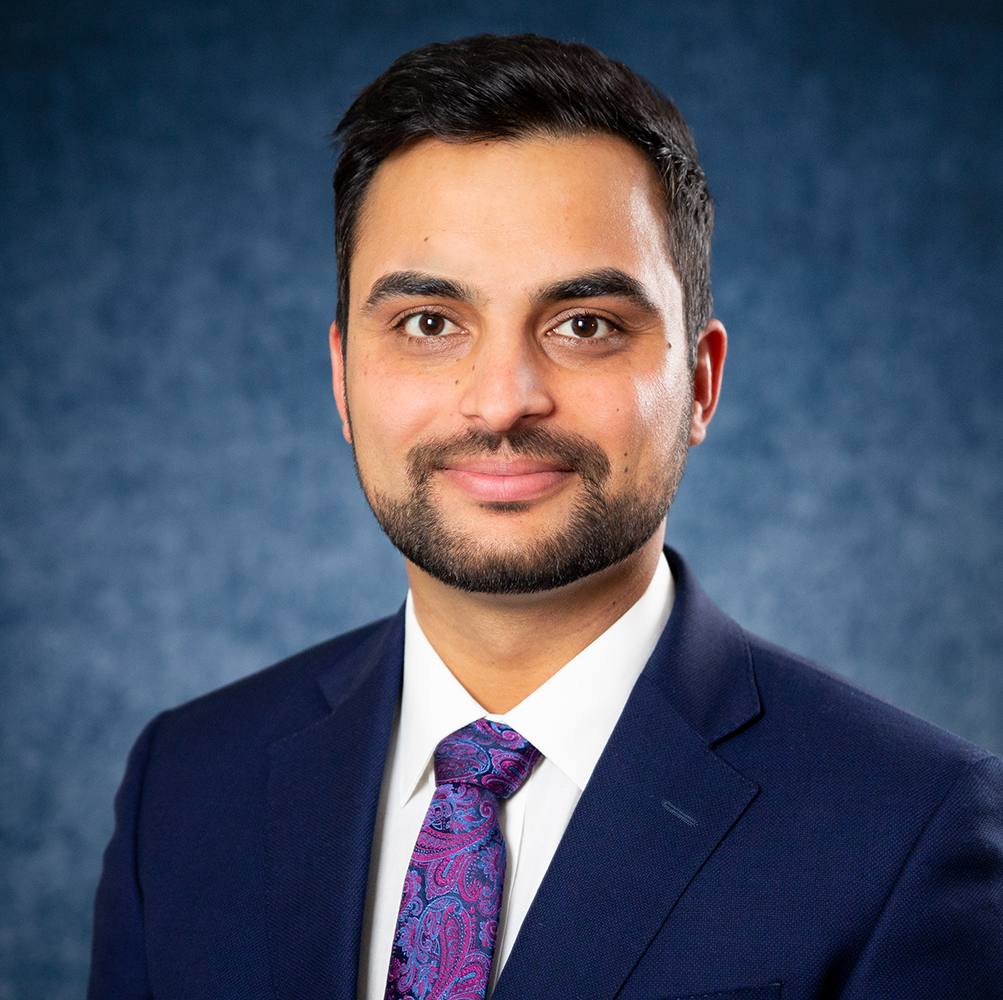
Each year when daylight saving time begins and we set our clocks ahead one hour, it can be a bittersweet moment. An hour of sleep is lost but we gain an extra hour of sunlight. As we lose that hour of sleep, this can affect patterns in our sleep.
Our daily sleep-wake rhythm (circadian rhythm) closely follows the 24-hour light-dark cycle, and daylight saving time can cause problems with our circadian rhythms getting out of alignment compared to what they normally are in terms of light and darkness. The one-hour time shift during daylight saving time results in less exposure to light in the morning and greater exposure to light in the evening.
When considering your typical sleep and work or school schedule, when you have continuing social and occupational demands in the early morning hours, daylight saving time can result in sleep loss, sleep debt and social “jet lag,” because the demands you face can be more important than a full night’s sleep. When you don’t get enough sleep, you have a higher risk of developing:
- Obesity
- Mood disorders, such as depression
- Cardiovascular disease resulting from changes in blood pressure and heart rate
- A heart attack
- A stroke
The week after daylight saving time starts also results in a higher risk of traffic accidents. A study from 2015 showed that an average loss of 32 minutes of sleep per night in the week after daylight saving time starts leads to a high risk of car accidents, particularly involving adolescent drivers. It is important to avoid driving if you are sleep deprived.
Some people may experience insomnia symptoms as a result of being more active in the evenings due to increased evening sunlight. Sunlight plays a role in the production of a hormone in your body called melatonin, which is usually produced in the evenings to help you feel tired and get ready for bed. If you are more exposed to sunlight, less melatonin is produced in your body.
The effects of daylight saving time are more notable in people who enter the time change with an inadequate amount of sleep. Populations at the greatest risk of experiencing effects of daylight saving time are:
- Teenagers who tend to experience chronic sleep restriction during the school week due to their school hours and their natural tendency to have a delayed sleep schedule. Ninety percent of teenagers are chronically sleep deprived.
- Night-shift workers who often struggle to sleep well during daytime hours
Older adults tend to be more tolerant of the effects of sleep deprivation.
Adjusting Your Sleep
It usually takes around five to seven days to fully adjust to daylight saving time. Some people may take a few weeks to fully adjust.
To adjust to daylight saving time, it is recommended to start going to bed 15 to 20 minutes earlier each night and wake up 15 to 20 minutes earlier each morning two to three days before the time change. This can result in a smoother transition into daylight saving time.
Also, the night before the time change, set your clock ahead one hour in the early evening and then go to bed once the clock says it is your normal bedtime. This will allow you to still get enough sleep and not lose an actual hour of sleep.
It is important to get enough sleep each night, especially the night before and the night after daylight saving time starts. Adults should get at least seven to eight hours of sleep a night. The American Academy of Sleep Medicine says teenagers should get around nine hours of sleep per night.
Additional recommendations include:
- Adjust the time you complete other parts of your daily routine that can be cues for your body. For example, you can eat dinner earlier.
- Head outdoors in the early morning on the day of the time change to get sunlight. This bright light will help your body reset its circadian rhythm, which regulates sleep and alertness. The sunlight can make you feel less tired and suppress melatonin production during the day.
Also, if you have any meetings, you can try to schedule them later in the morning if possible. You can also try to lighten your schedule if you can.
If I Am Tired, Should I Nap?
For people who are experiencing daytime sleepiness the first few days after daylight saving time starts, naps are recommended. Naps can lessen sleep debt that results from the one-hour loss of sleep from daylight saving time.
It is OK to take a nap during the day. However, the nap should not be longer than 20 minutes if possible, or you may wake up feeling groggy. Also, it is not recommended to take a nap after 3 p.m.
Silver Linings of Daylight Saving Time
Daylight saving time can positively impact mood and mental health by creating more opportunities to socialize and be active in the evenings. This is because there is more sunlight to spend time outside of the home after work or school. The increased sunlight also helps communities be safer overall by leading to reduction of pedestrian fatalities and robberies during daylight saving time.
People with the winter type of seasonal depression usually have low levels of serotonin, which is a chemical involved in mood regulation. Research suggests that sunlight affects the levels of the molecules that help maintain normal serotonin levels. Longer daylight hours can help these molecules function and create higher serotonin levels.
Proper Sleep Hygiene is Key All Year
Proper sleep hygiene is recommended for everyone. The following are steps you can take to have proper sleep hygiene.
- Establish and maintain a consistent sleep routine. Go to bed and wake up at the same time each day, including on the weekends.
- Don’t go to bed unless you’re actually sleepy.
- Get enough sleep (seven to eight hours for adults and nine hours for teenagers).
- Avoid electronics and any non-sleep-related activities in bed.
- Make sure your bedroom is a quiet, dark and cool place.
- Avoid coffee, tea, soda and any other caffeinated substances four to six hours before bedtime. Avoid alcohol four hours before bedtime.
UofL Health Can Help
UofL Health – Sleep Medicine and UofL Physicians – Sleep Medicine Associates use a multidisciplinary approach to diagnose and treat sleep disorders. Our physicians are board-certified by the American Academy of Sleep Medicine. Click here to see all locations where we offer sleep medicine services.









